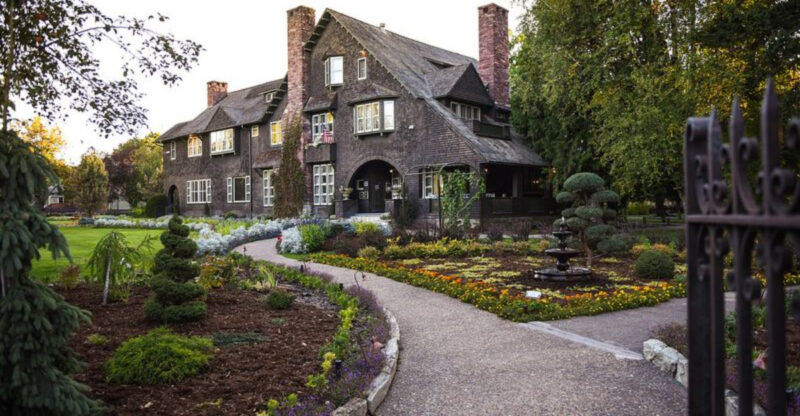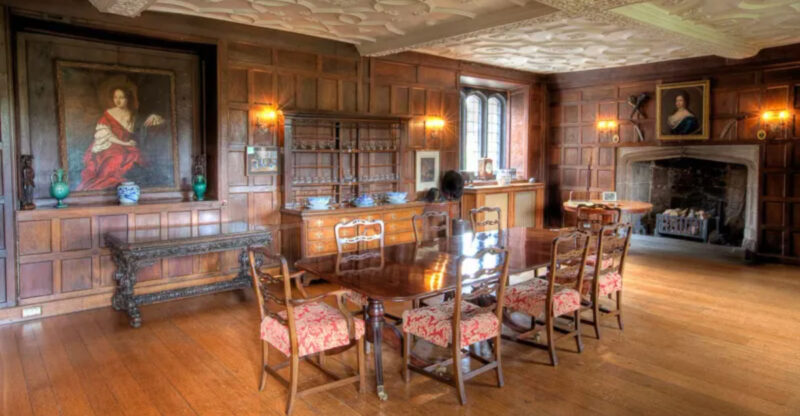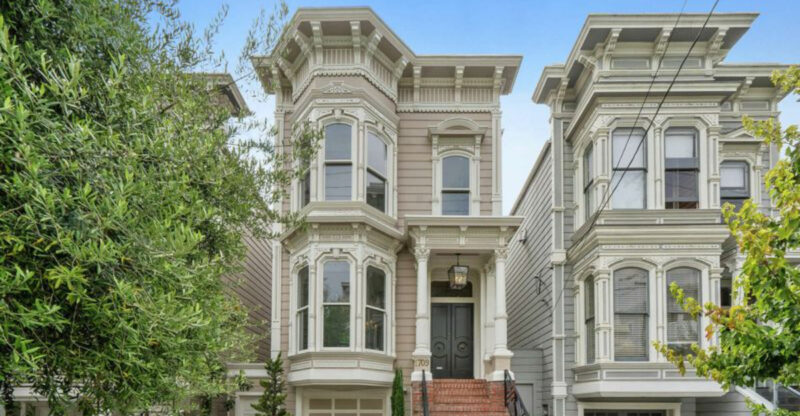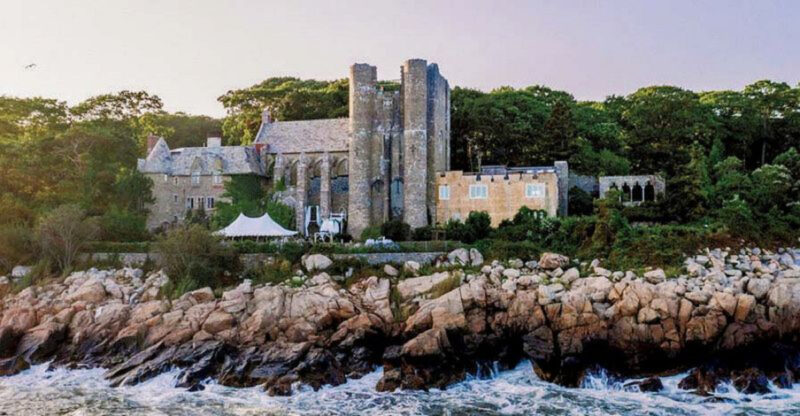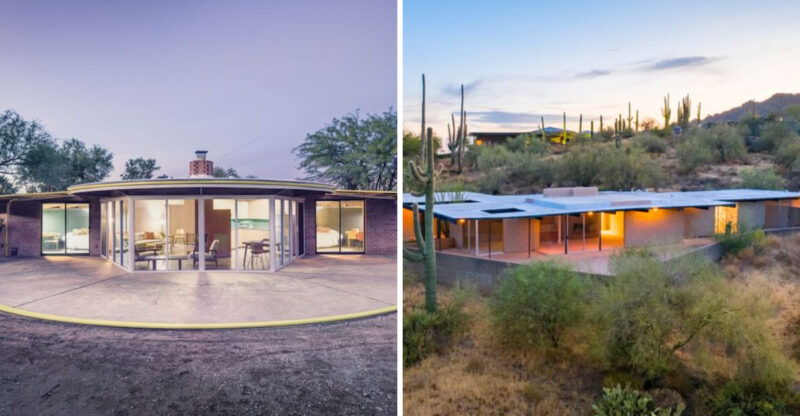12 Louisiana Creole Cottages With Storybook Details
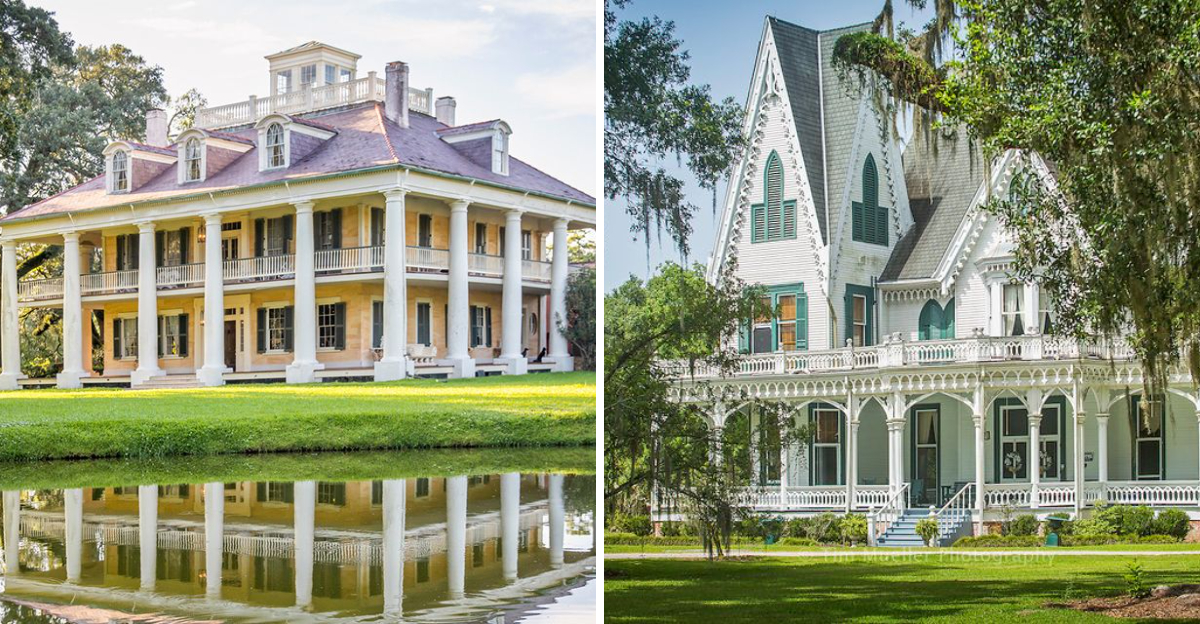
Louisiana’s Creole cottages stand as living treasures of the state’s rich architectural heritage. These charming structures blend French, Spanish, and Caribbean influences with practical adaptations to the Gulf Coast climate.
From colorful exteriors to hidden courtyards, each cottage tells a unique story of the region’s multicultural past while captivating visitors with their storybook appeal.
1. Hermann–Grima House: French Quarter Elegance
Nestled in the heart of New Orleans, this Federal-style Creole townhouse captivates with its meticulously preserved 1830s elegance. The romantic courtyard beckons visitors with fragrant jasmine and centuries-old brick pathways.
Inside, original furnishings and period antiques transport guests to the affluent Creole lifestyle of yesteryear. The working outdoor kitchen still demonstrates historical cooking methods during special events.
2. Laura Plantation: Rainbow Of Creole Colors
Unlike its more formal counterparts, Laura Plantation dazzles with its vibrant yellow main house trimmed in blue and green, a signature of Creole aesthetic. Four generations of women once managed this thriving sugar plantation.
The raised cottage design lifts the structure above potential floodwaters while creating cool, shaded space underneath. Original slave quarters still stand, preserving the complete and complex story of plantation life.
3. Destrehan Plantation: Riverside Grandeur
Spanish moss drapes gracefully over ancient oaks leading to one of Louisiana’s oldest surviving plantation homes. Built in 1787, Destrehan blends French colonial and Creole architectural elements with impressive symmetry.
The wide, welcoming galleries provided natural air conditioning in pre-electricity days. Look for the distinctive cypress wood throughout, a material prized for its resistance to humidity and insects that plague the subtropical climate.
4. Houmas House: The Sugar Palace
Once nicknamed “The Sugar Palace,” this Greek Revival mansion harmoniously incorporates Creole elements throughout its grand design. Thirty-eight towering columns create a regal presence visible from the Mississippi River.
Surrounding the main house, 38 acres of meticulously manicured gardens feature reflecting ponds and centuries-old oak trees. The cottage’s storybook charm extends to whimsical garden follies tucked among camellias and azaleas.
5. Ardoyne Plantation House: Gothic Twist On Tradition
Standing as Louisiana’s largest remaining Victorian Gothic sugarcane plantation home, Ardoyne breaks the Creole mold with its distinctive spires and ornate woodwork. Cypress lumber harvested from the property’s own land forms its elaborate gingerbread trim.
Unusually, the home was prefabricated in sections, then assembled on-site in 1894. The interior showcases hand-carved cypress patterns that repeat throughout the 21-room mansion, creating a fairytale atmosphere.
6. Lafayette Street Cottage: Everyday Creole Charm
Away from the grandeur of plantation homes, this modest raised cottage represents how everyday Creole families actually lived. The elevated main floor sits atop a brick foundation, a practical solution to Louisiana’s soggy ground.
Heart pine floors glow with a century of patina throughout the cottage. The gallery porch wraps around three sides, creating outdoor living space where generations gathered to catch cool breezes while watching neighborhood life unfold.
7. Beauregard-Keyes House: Literary Legacy
Famous for housing both Confederate General P.G.T. Beauregard and novelist Frances Parkinson Keyes, this 1826 cottage combines Federal-style architecture with Creole sensibilities. The parterre garden remains laid out exactly as Keyes designed it during her residence.
Massive brick pillars support the raised structure, while double loggias provide cross-ventilation. Many of Keyes’ novels were written in the garden room overlooking the courtyard, where characters came to life amid the fragrant magnolias.
8. Gallier House: Architectural Innovation
Designed by prominent architect James Gallier Jr. for his own family in 1857, this townhouse showcases cutting-edge innovations of its era. Indoor plumbing, a bathroom with running water, and an advanced ventilation system were revolutionary luxuries.
The service wing connects to the main house via a carriageway, creating a private courtyard. Decorative elements like cast-iron balconies and hand-painted ceilings blend European elegance with Creole practicality, resulting in a storybook setting within the French Quarter.
9. Pitot House: Bayou Beauty
Perched picturesquely along Bayou St. John, this 1799 Creole colonial cottage exemplifies the raised West Indies style that influenced early Louisiana architecture. Massive cypress posts elevate the structure, creating a breezy ground-level loggia.
Original wooden shutters adjust to capture breezes or block storms, an early form of climate control. The home’s soft yellow exterior with green shutters complements the natural setting, where Spanish explorers once traveled the bayou to reach the Mississippi.
10. Maison Vitry: Hidden French Quarter Gem
Tucked away on a narrow French Quarter street, this three-story townhouse reflects the Creole aesthetic with its distinctive pastel trim and delicate ironwork balconies. The building’s asymmetrical facade hints at additions made as the original family prospered.
Porte-cochère entrances lead to a lush interior courtyard hidden from street view. Inside, original cypress woodwork and plaster medallions showcase the craftsmanship of free people of color who built many of New Orleans’ architectural treasures.
11. Madame John’s Legacy: Survivor Of Flames
Miraculously surviving the devastating 1794 fire that destroyed much of the French Quarter, this rare example of early French colonial architecture stands as a time capsule. The steep-pitched roof and wide galleries reflect Caribbean influences adapted to Louisiana’s climate.
Raised on brick piers, the main floor features the traditional Creole floor plan, rooms arranged in sequence without hallways. Hand-hewn cypress beams throughout the structure bear the marks of 18th-century craftsmanship, connecting visitors to the earliest days of New Orleans.
12. LeBeau Plantation Ruins: Ghostly Echoes
Though tragically lost to arson in 2013, the ruins of this once-magnificent Creole plantation house still haunt the landscape of St. Bernard Parish. Built in the 1850s, LeBeau stood as one of the largest plantation homes in the region.
Historical photographs reveal its signature colonnade of 16 square columns supporting a wide gallery. The property’s storied past includes chapters as a hotel, illegal casino during Prohibition, and supposedly haunted landmark, adding layers of mystique to its architectural significance.

